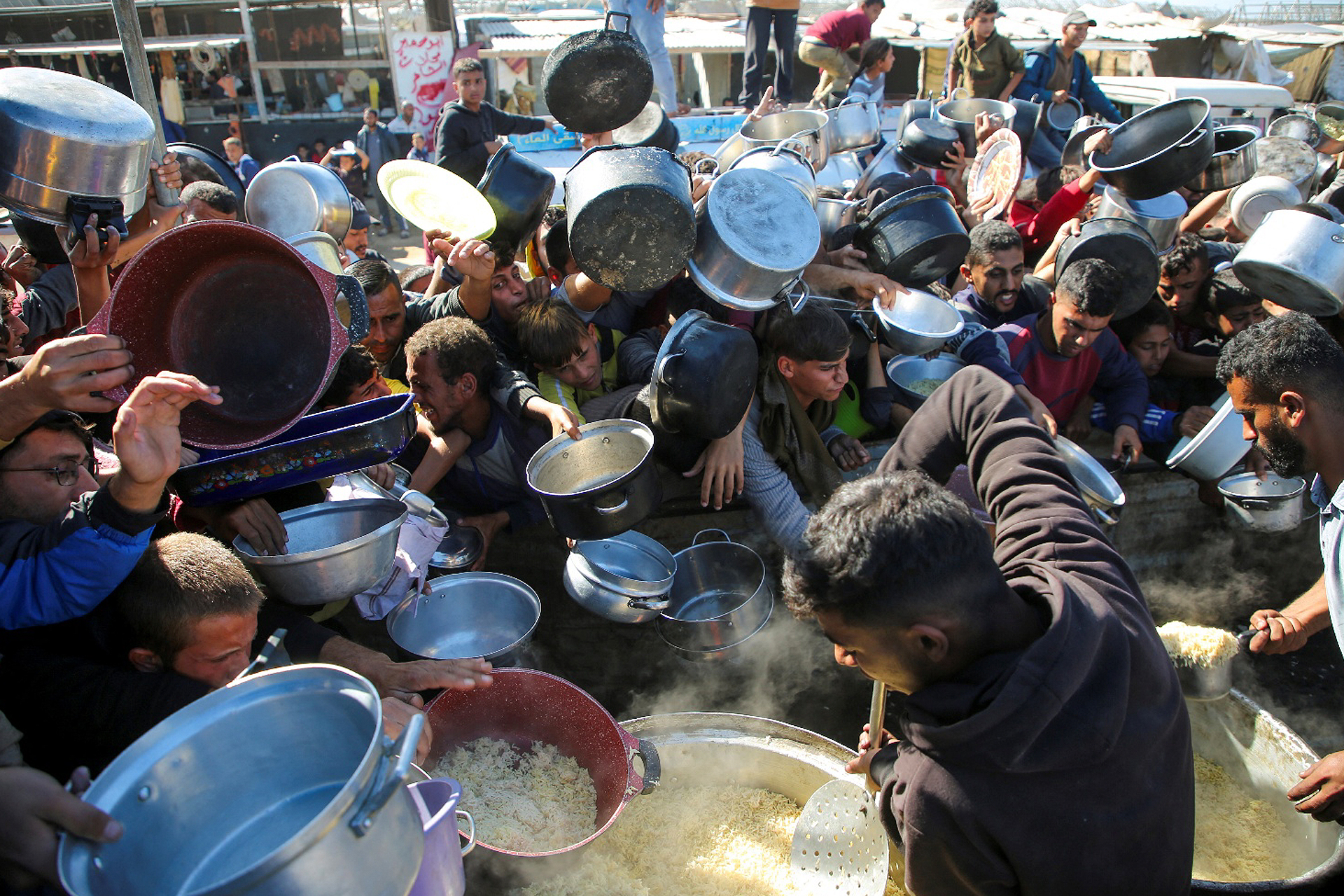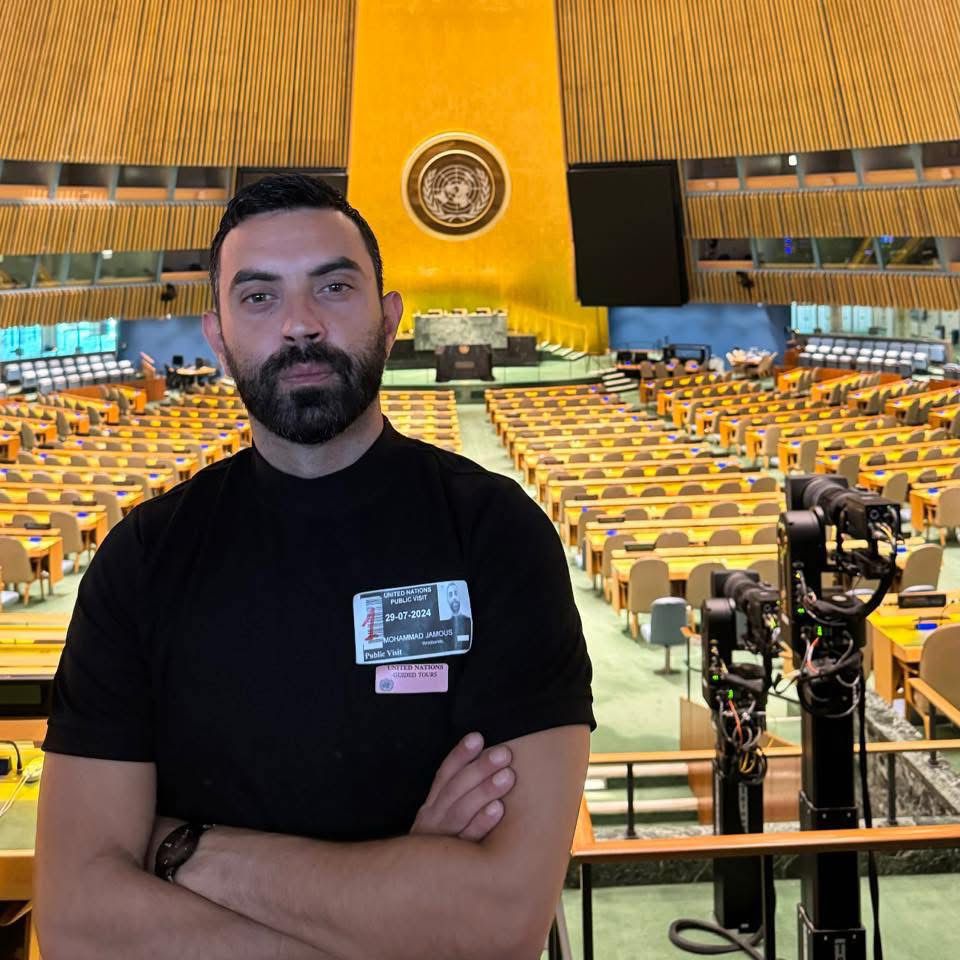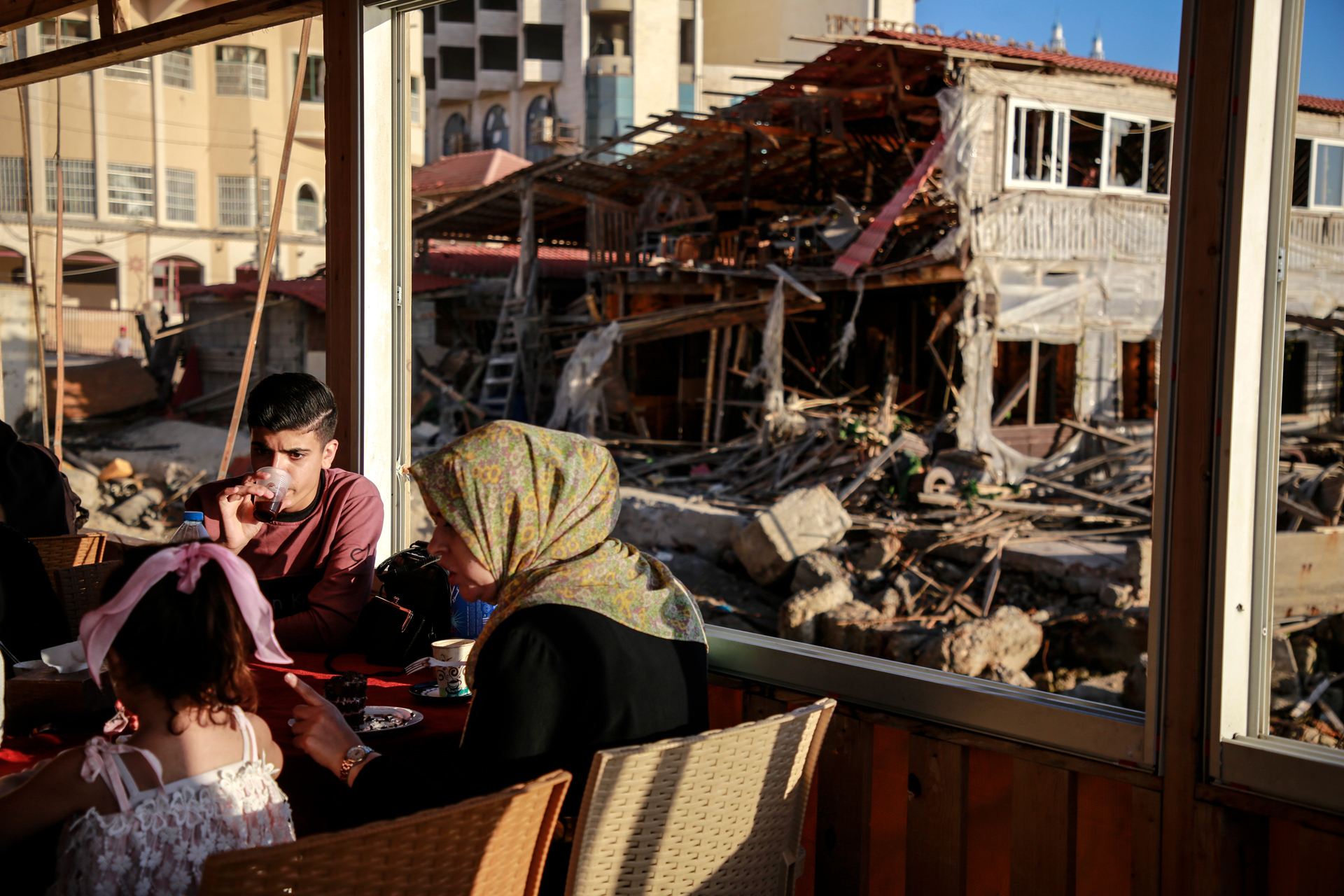The images of thousands of Gazans pouring, unarmed, toward aid distribution points in Rafah run by the Gaza Humanitarian Foundation crystallize that a profound transformation has taken place in the relationship between society, resistance, and power in the Gaza Strip.
Where once crowds mobilized spontaneously to shield homes, chase soldiers, or dismantle fences, today those same people are channeled into competition for sacks of flour. The physical courage of Gazan citizens remains unmistakable—people advance despite drones, snipers, and bombardment—but the political valence of their actions has been stripped away. Now, the people of Gaza are forced to exercise this physical courage in a desperate choreography of survival.
Popular energy had been the decisive asset of the Palestinian struggle. During the first and second intifadas, mass action exposed Israel’s overstretched control, multiplied the costs of occupation, and increased international awareness of Palestinian calls for justice. Neighborhood committees, trade unions, and student blocs translated anger into coordinated pressure that neither conventional armies nor closed chambers of diplomacy could ignore. It was precisely the ubiquity of disobedience—roadblocks one day, consumer boycotts the next—that kept the conflict framed as one between a colonized people and a colonizing power.
Hamas’s post-2007 military doctrine upended that solidarity. By professionalizing the fight—training a core that reached perhaps forty thousand fighters in recent years, roughly 2 percent of Gaza’s population—and centralizing decision-making within partisan structures, the movement monopolized resistance and, unintentionally, neutralized the 98 percent. Actions that had been protected under international law as resistance of an occupied people (so long as they followed legal principles such as not targeting civilians) were recast as the actions of a discreet, armed faction. This shift suited Israel’s strategic narrative: Once the struggle could be portrayed as a war against “terror cells” rather than against a dispossessed population, unprecedented levels of force—sieges, mass displacement, the flattening of whole neighborhoods—became palatable to key global actors.
The war that has unfolded since October 7, 2023, exposed the extreme costs of that reframing. With Hamas launching rocket barrages, the type of battle it selected to fit its agenda, Israel responded with industrial-scale firepower while draping its campaign in the mantle of counterterrorism. International audiences, accustomed to binary scripts of “good” and “evil” after the 9/11 terrorist attacks in the United States, were primed to equate Gaza with other theaters of jihadist violence. The result was a humanitarian debacle—tens of thousands dead, total infrastructural collapse—accompanied by a striking absence of effective diplomatic intervention.
Inside Gaza, the sidelining of communal agency has frayed social cohesion. Families who once believed their steadfastness could influence events now feel like objects rather than shapers of history. There is growing mistrust toward leaders perceived to have gambled with collective fate while reserving decision-making for a narrow cadre. At the street level, everyday forms of solidarity—communal kitchens, improvised clinics—still flicker, but they operate in a vacuum of strategic vision.
Reclaiming the popular dimension of resistance is therefore not a nostalgic luxury but a strategic necessity. Neighborhood and communal committees, family unions, women’s collectives, and independent clerical circles all possess the organizational capacity to hold Hamas accountable and restore moral clarity. A revitalized popular movement should center its energy on civil resistance—such as boycotts, noncooperation, international advocacy, and neighborhood self-governance—while insisting that if armed action is ever deemed indispensable, it remains strictly under nationally accountable command, complies with international law, and is never subordinated to external proxy agendas.
As Gaza continues to face Israel’s campaign of destruction—which the United Nations deemed “consistent with the characteristics of genocide”—both Palestinians and the international community should not wager the people of Gaza’s fate on any single faction’s regional alliances or ideological certainties. Only a plural, crowd-centered approach can re-anchor the Palestinian cause in its original coordinates of anticolonial justice, human dignity, and collective self-determination. Remembering “what must be” amid the ruins is difficult, but it is the necessary first step in converting raw suffering back into emancipatory energy.
The opinions expressed in Realign For Palestine publications are those of the individual authors and do not necessarily represent the views of Realign for Palestine, the Atlantic Council, their staffs, or their supporters.






.JPG)


